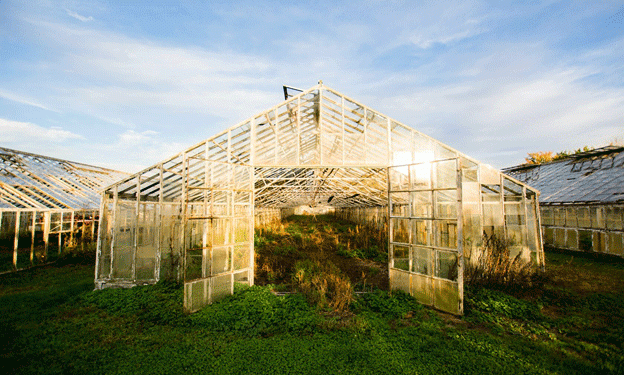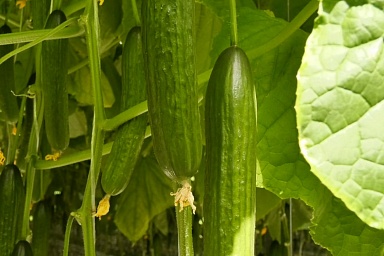Greenhouse farming has revolutionized modern agriculture, offering farmers the ability to grow crops all year round, without relying on natural weather patterns or traditional growing seasons. As Dr. Arun Kumar Rajbhar from the Agricultural Science Center explains, greenhouses allow farmers to create a controlled environment that can sustain plant growth in any season, providing an effective solution for increasing crop yields and reducing risks from pests and weather-related damage.
A greenhouse is a transparent structure, typically made of glass or plastic, that enables farmers to regulate temperature, humidity, and light. This setup allows crops to thrive even in unfavorable external conditions. For example, farmers can produce winter vegetables like cauliflower or cabbage in the summer, and summer vegetables like tomatoes or cucumbers in the winter, giving them a competitive edge in the market with off-season produce.
Benefits of Greenhouse Farming
- Temperature Control:
One of the key advantages of greenhouse farming is the ability to control the temperature inside the structure. In the summer, the internal environment can be cooled, while in the winter, it can be warmed. This enables the production of vegetables and fruits that would otherwise be out of season. Farmers can supply fresh produce year-round, which can fetch higher prices, especially for off-season crops. - Pest and Disease Protection:
Greenhouses also provide significant protection from pests and diseases. Since the structure is enclosed, it prevents harmful insects and animals from damaging the crops. Additionally, the controlled environment reduces the need for chemical pesticides, promoting healthier and more organic produce. As Dr. Rajbhar points out, crops grown in greenhouses are less likely to suffer from diseases that typically spread in open fields, such as those caused by extreme weather conditions. - Increased Growth and Quality:
In a greenhouse, plants receive precise amounts of water and nutrients through advanced irrigation systems, resulting in faster growth and higher quality yields. The plants experience less stress from external environmental factors, leading to better production. According to the latest studies, crops grown in greenhouses have shown a 20-30% increase in yield compared to traditional farming methods. - Off-Season Production:
Perhaps the most lucrative benefit of greenhouse farming is the ability to produce crops during off-seasons. Farmers can sell their produce at premium prices when demand is high and supply is low. For example, during the winter, summer vegetables can be sold at a higher rate, increasing the farmer’s overall profits. Off-season production also allows farmers to meet market demand more consistently, creating a stable income throughout the year.
Profitability and Market Opportunities
The opportunity for off-season farming can significantly increase farmers’ profitability. Off-season crops, particularly fruits and vegetables that are typically unavailable during certain times of the year, can command higher prices in the market. Additionally, greenhouse farming reduces the risk of crop failure due to sudden weather changes, which is a common challenge in traditional open-field farming.
With the rise in demand for fresh, locally-grown produce, greenhouse farming is becoming an attractive investment for farmers looking to enhance their productivity and income. The controlled environment also opens doors for experimenting with high-value crops that may not thrive in local climates otherwise.
Greenhouse farming presents a revolutionary opportunity for farmers to maximize their productivity and profits. By eliminating the constraints of weather and seasons, farmers can grow high-quality crops throughout the year, protect their plants from pests and diseases, and tap into off-season markets. With the right investment in greenhouse infrastructure, farmers can transform their operations and enjoy sustainable growth and profitability.









